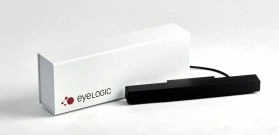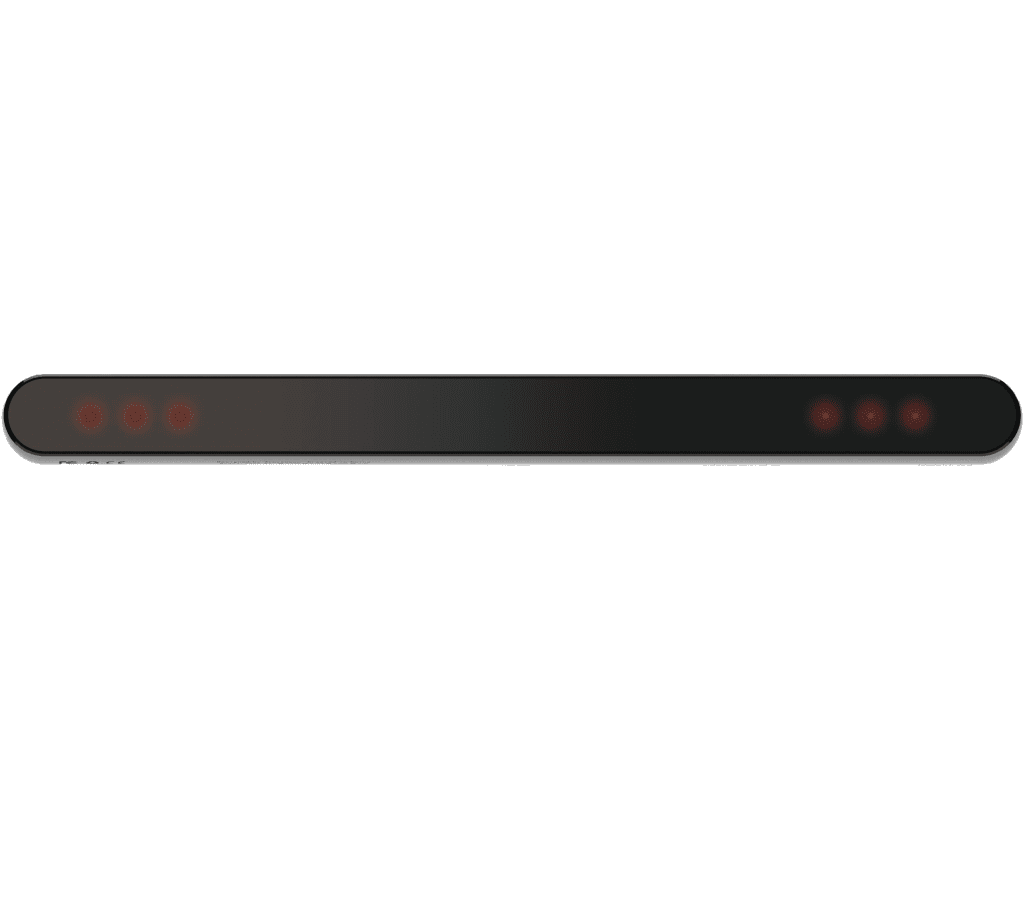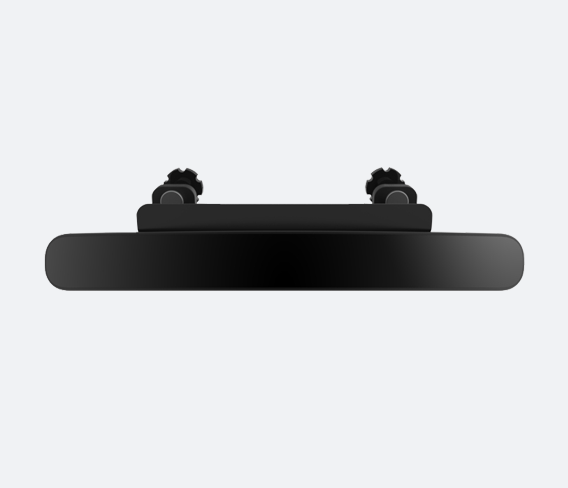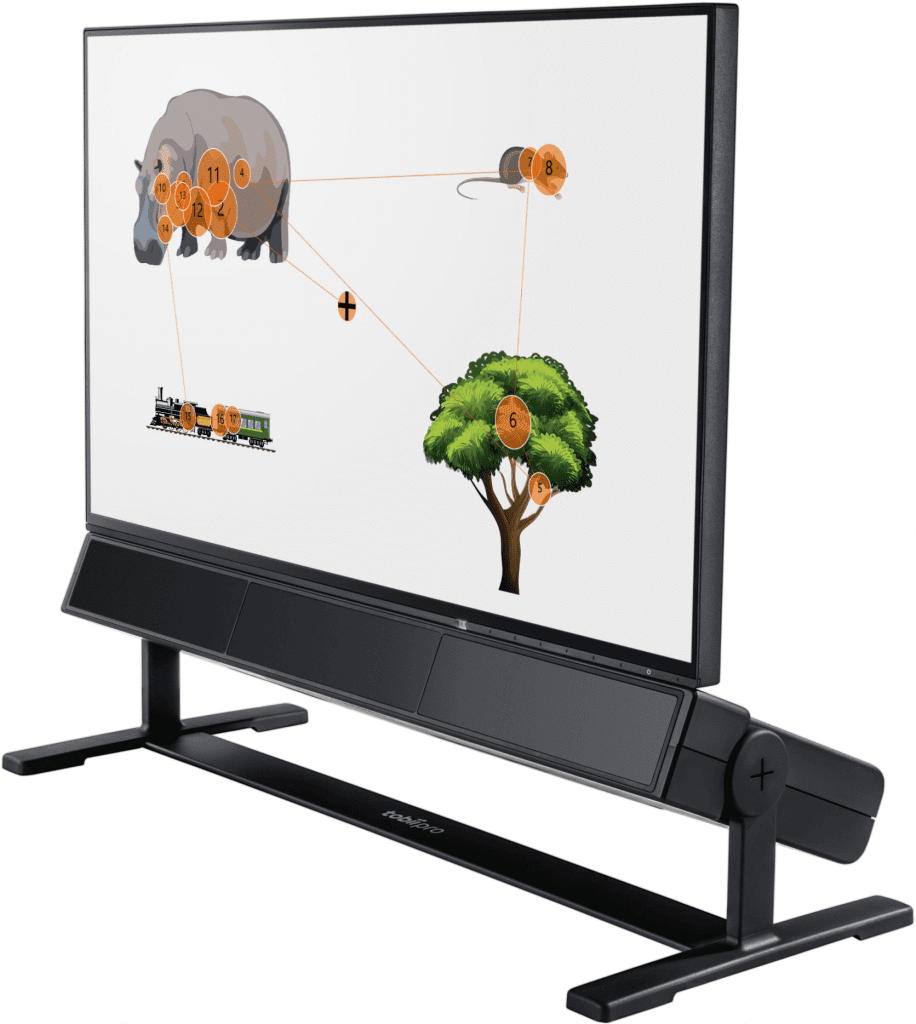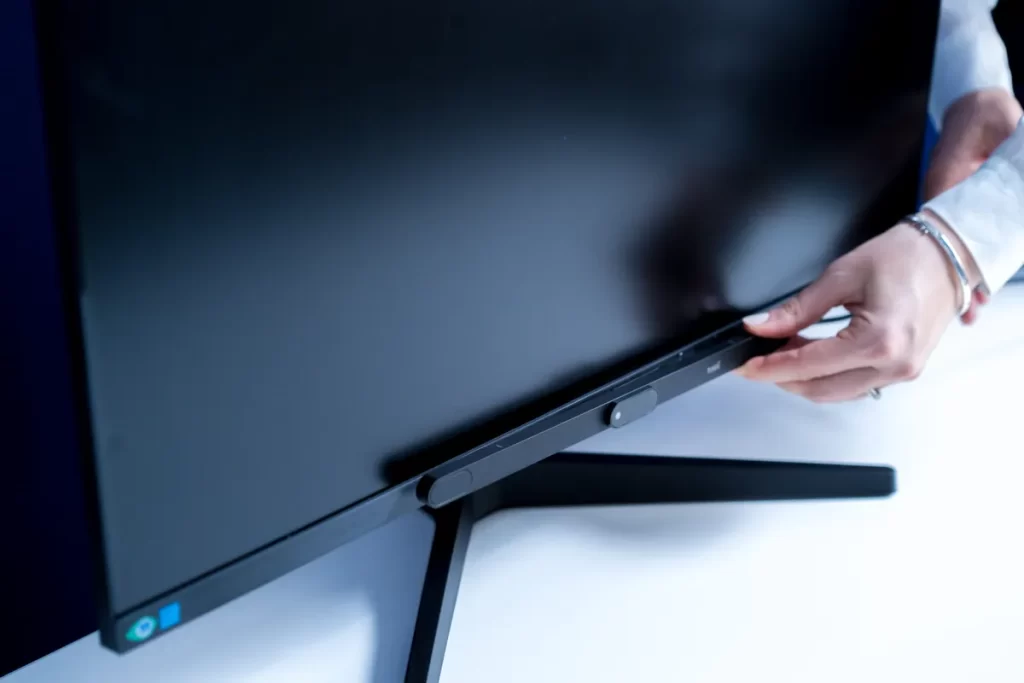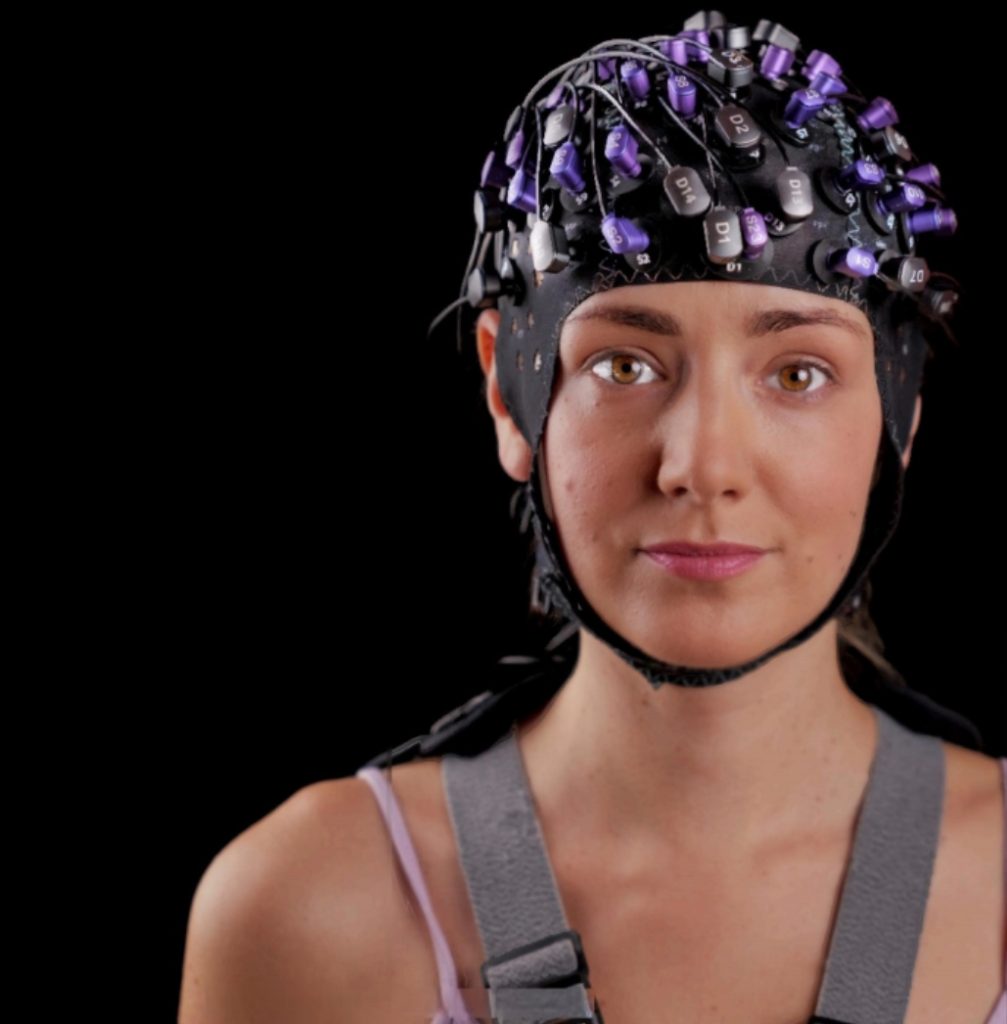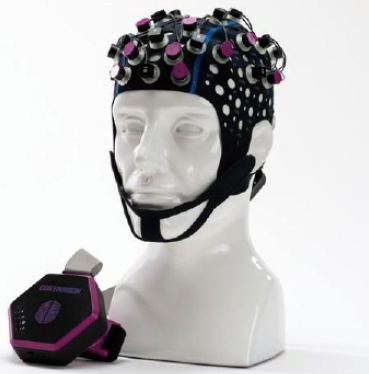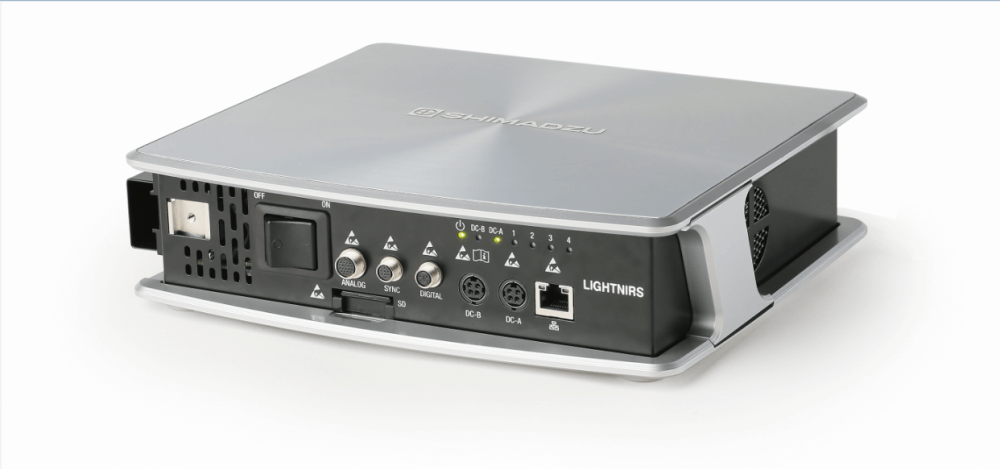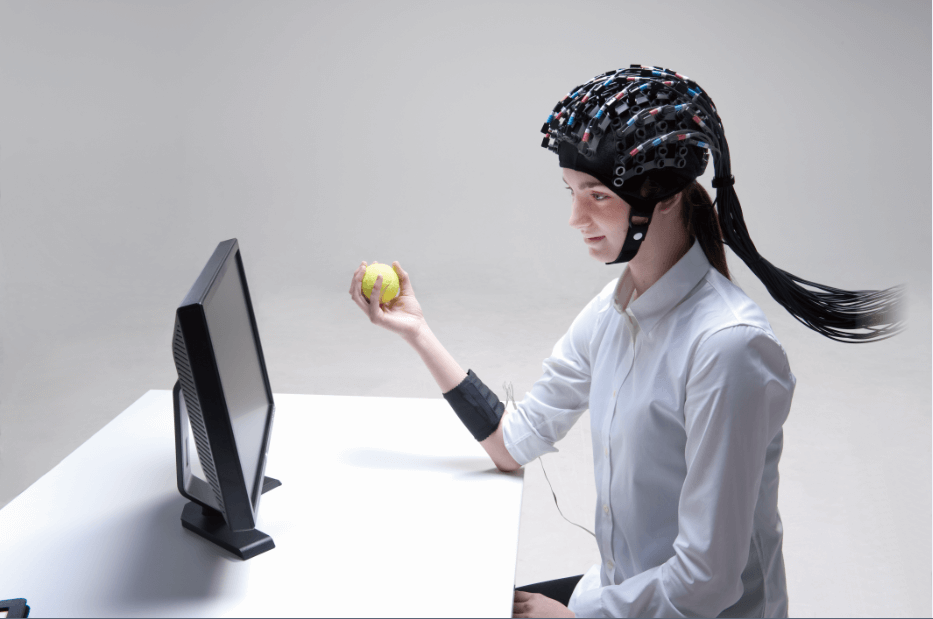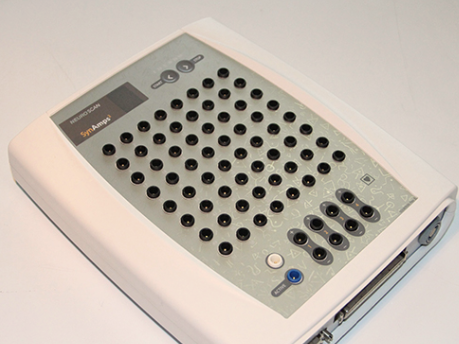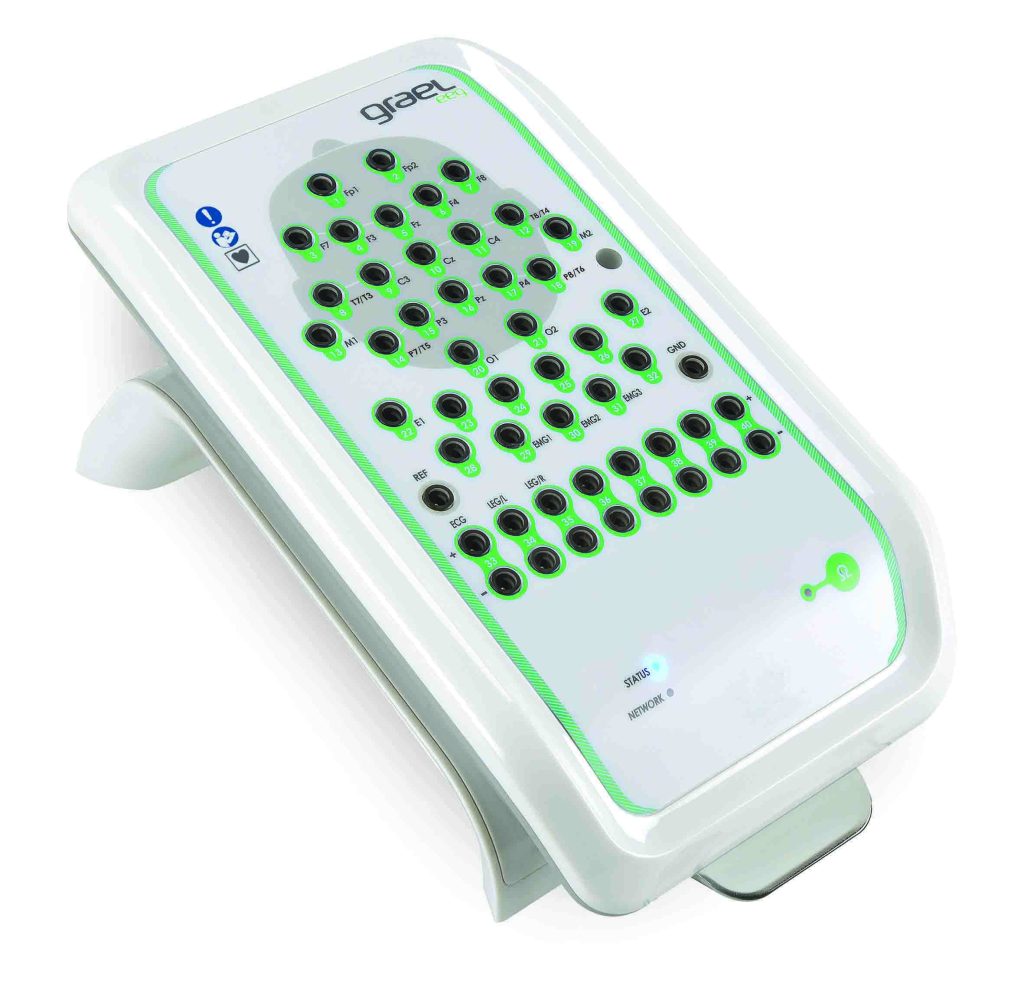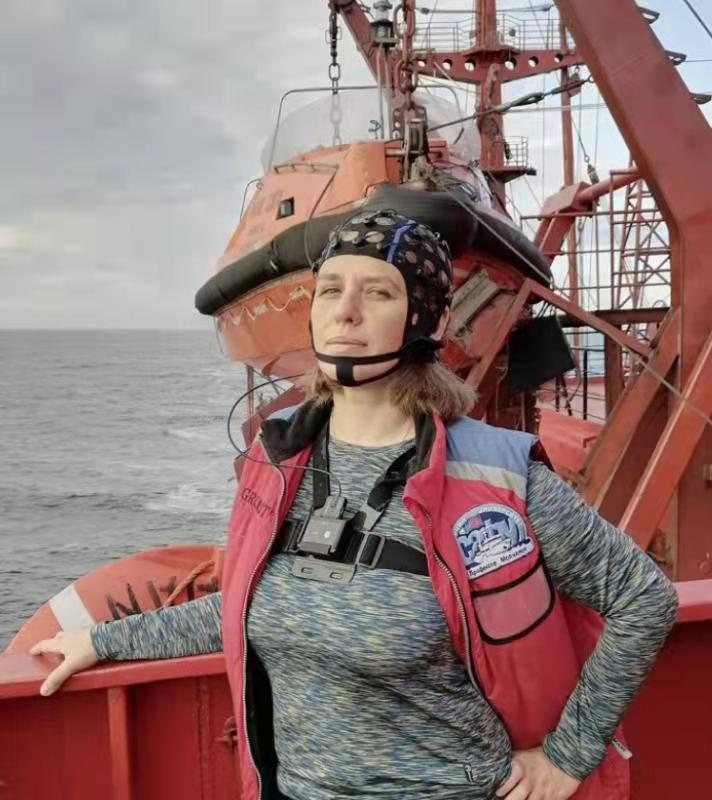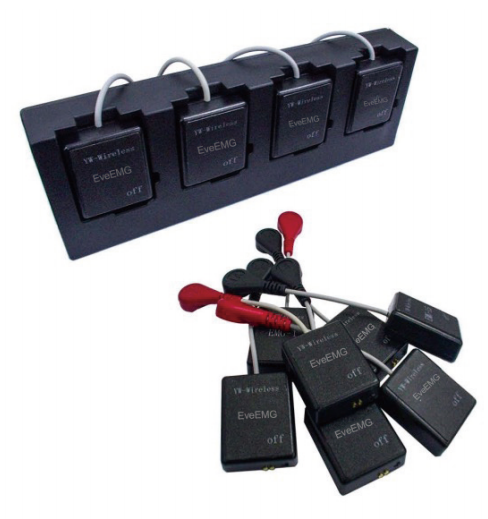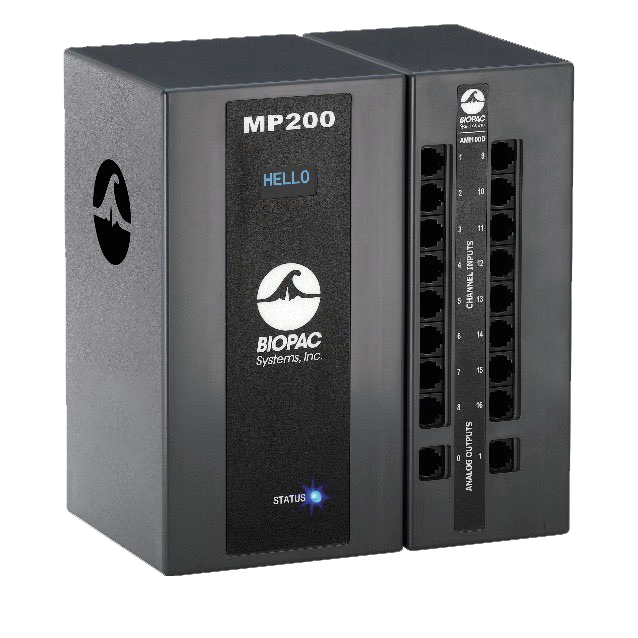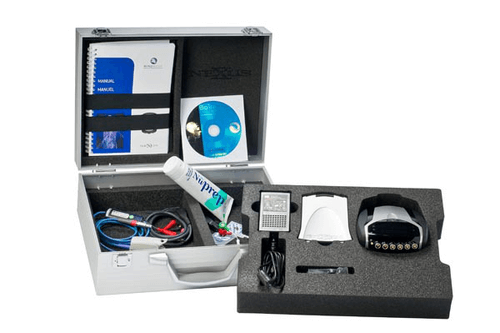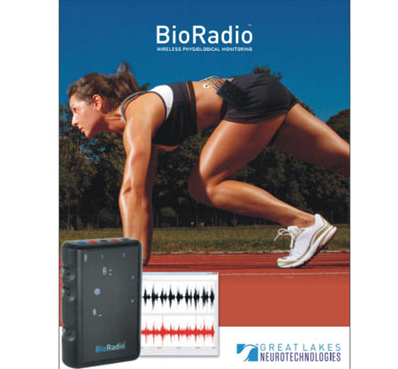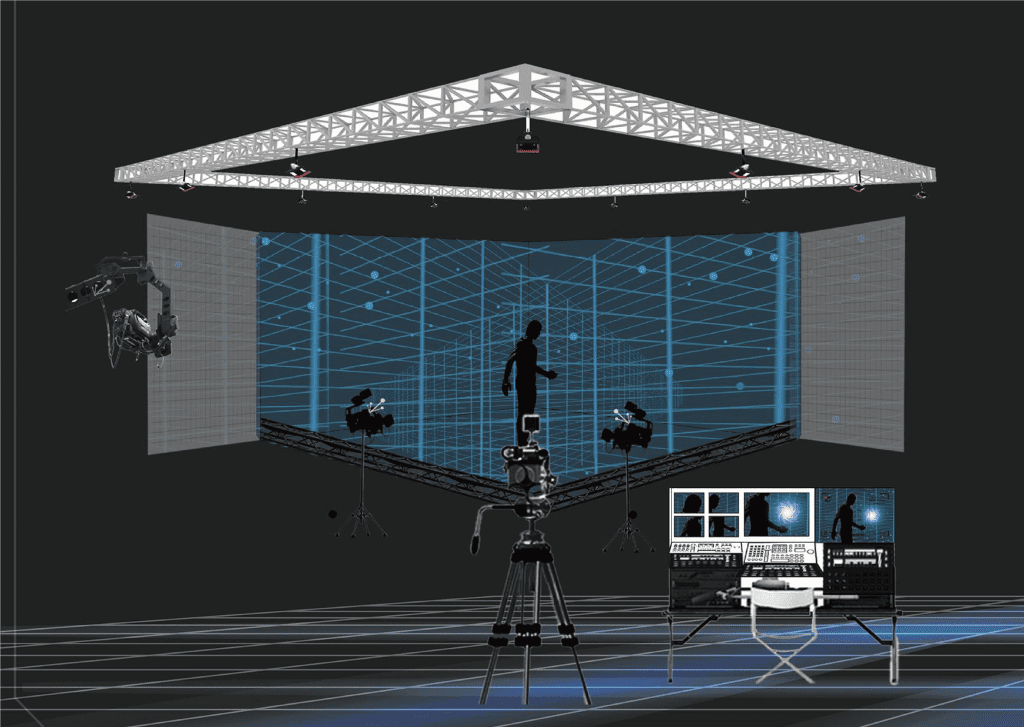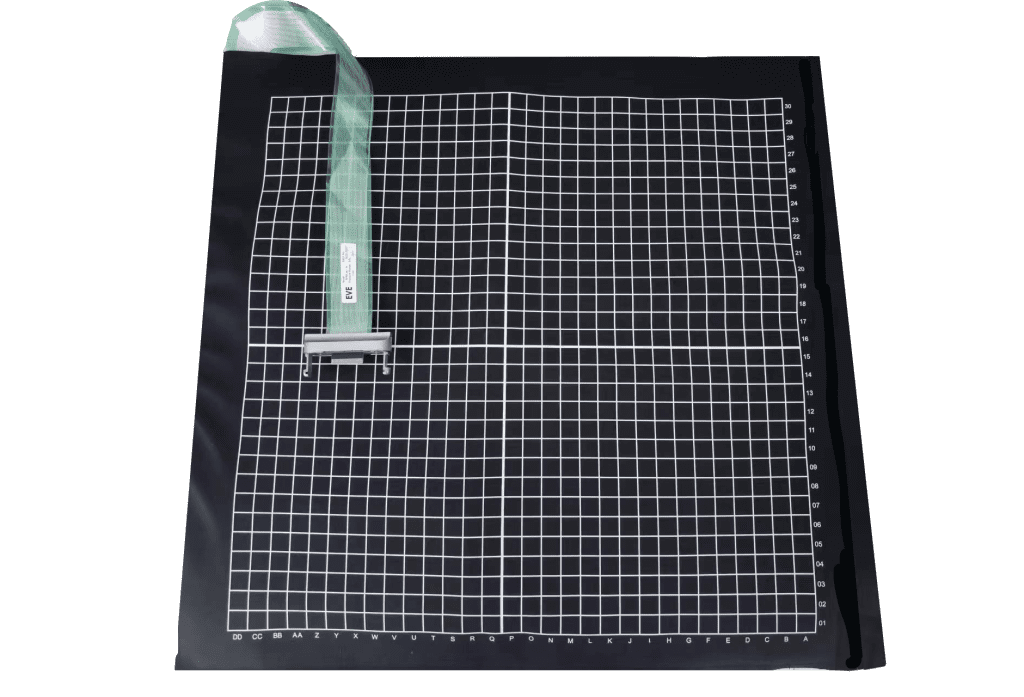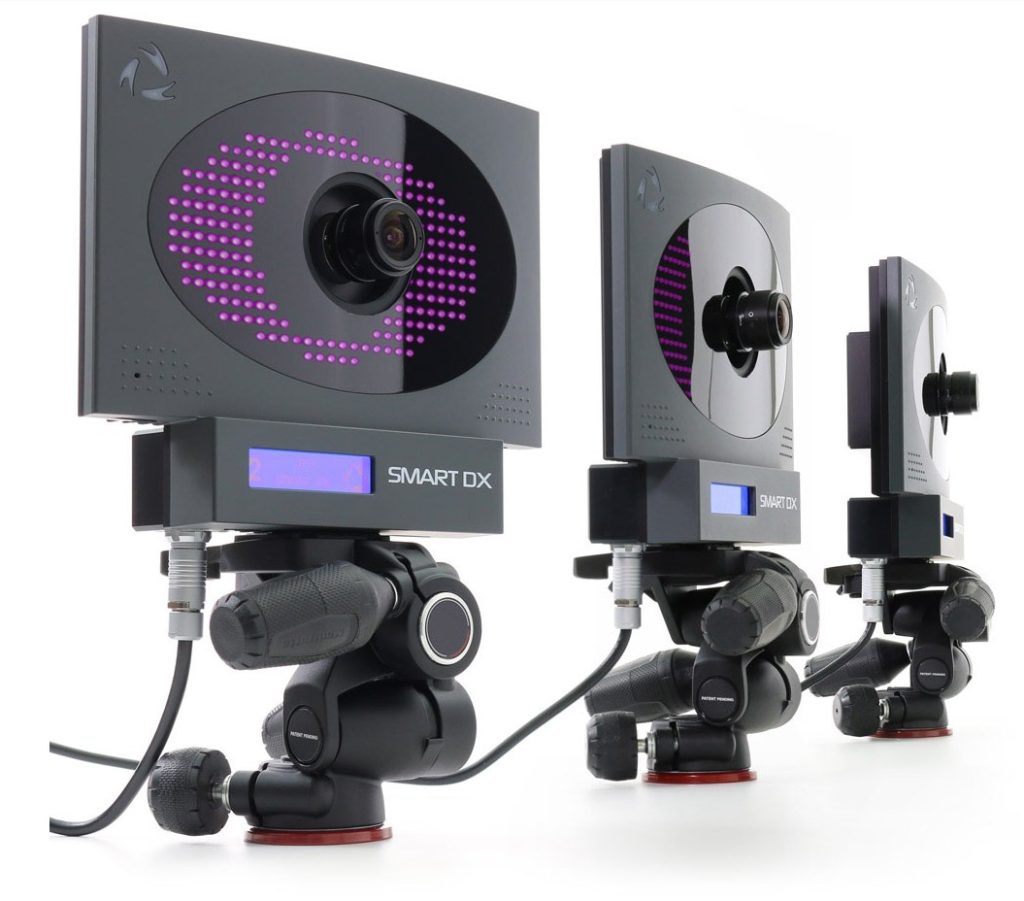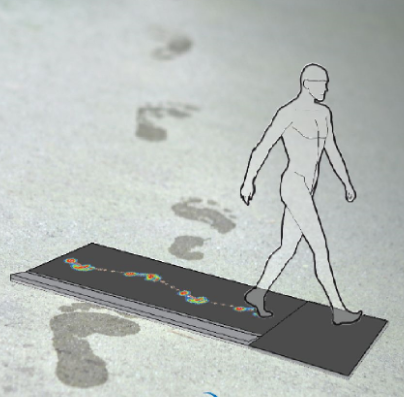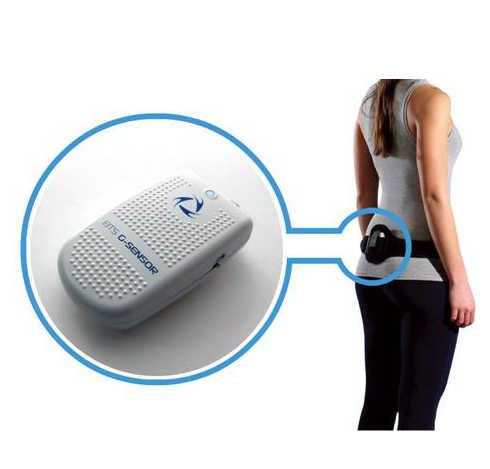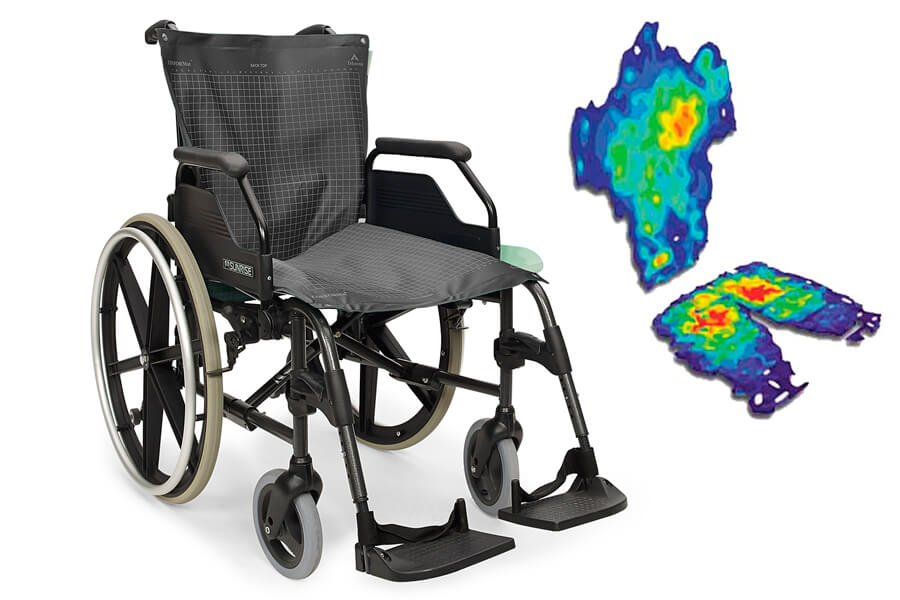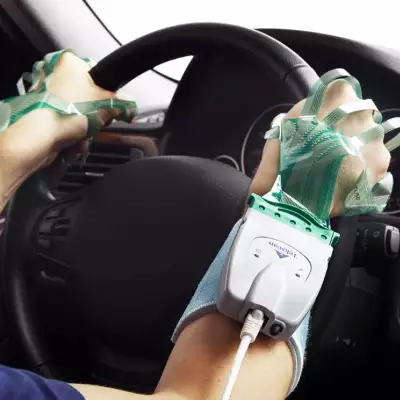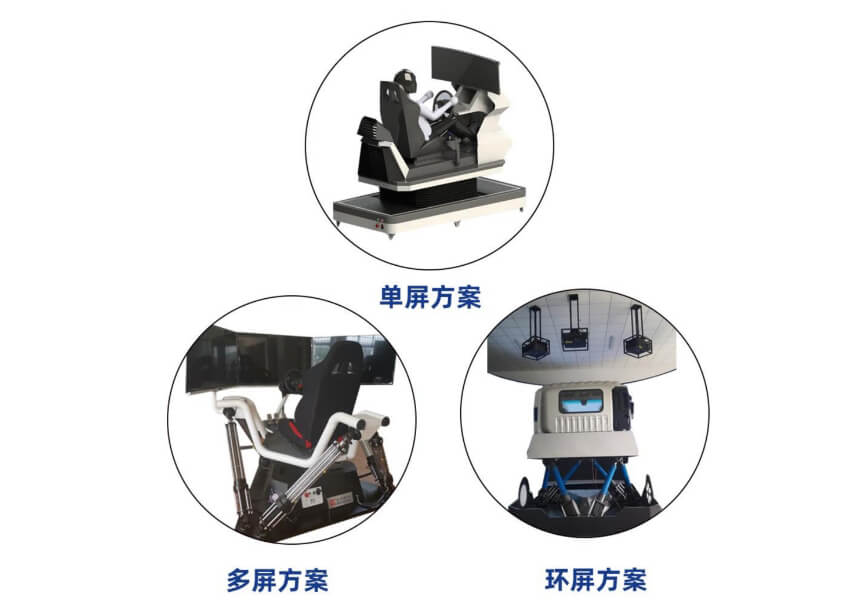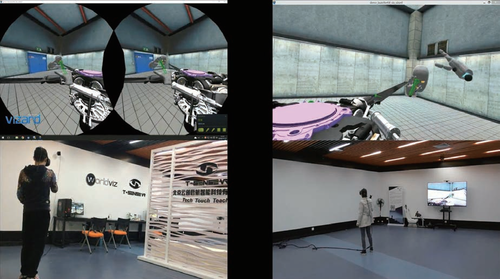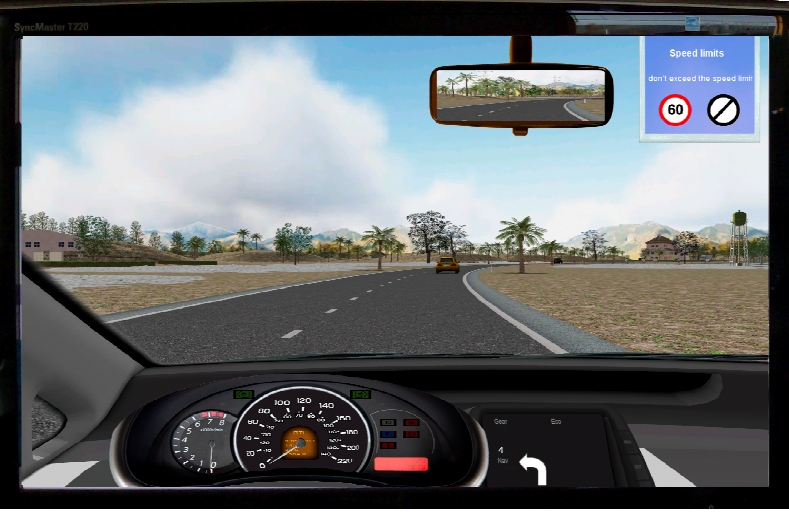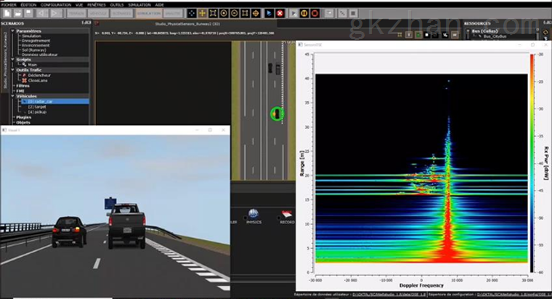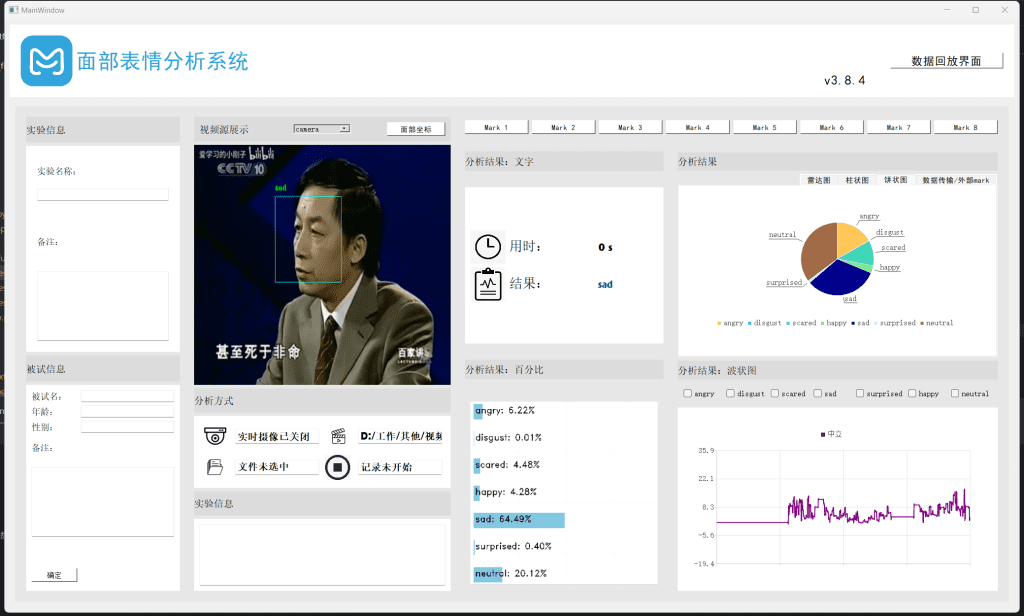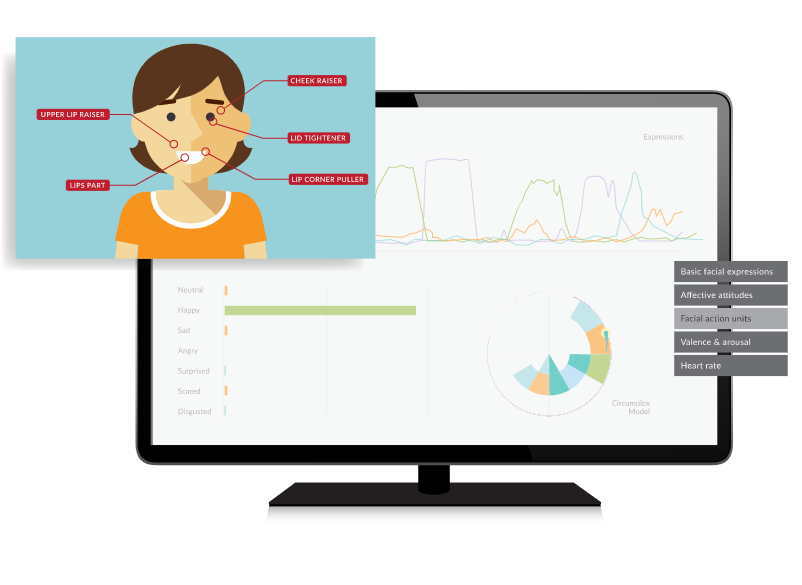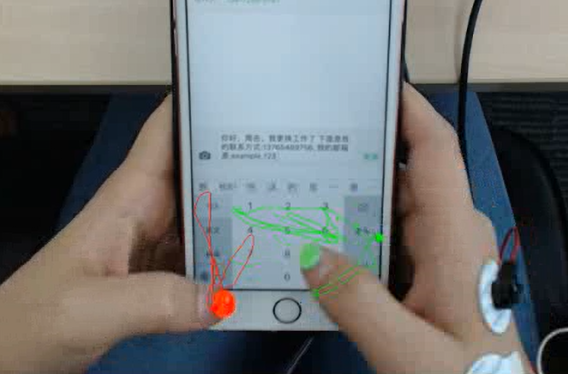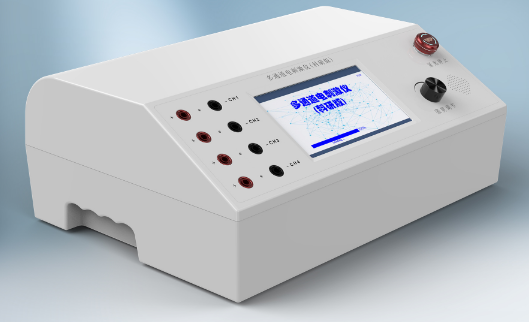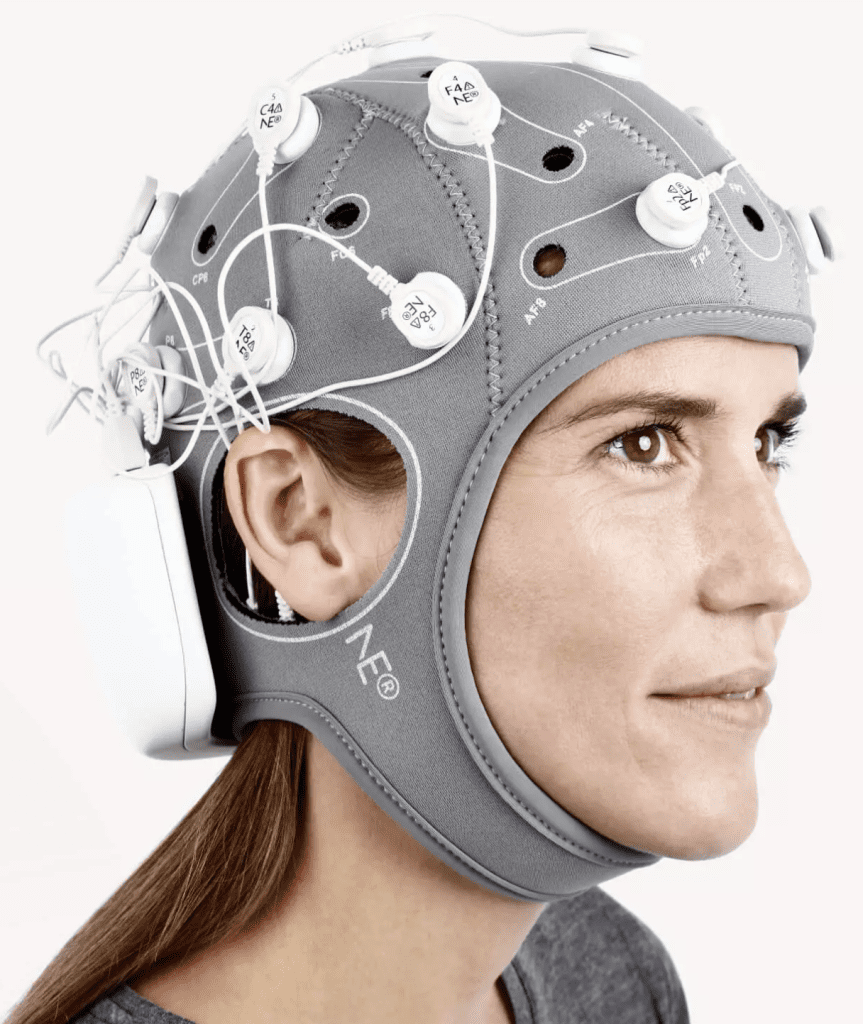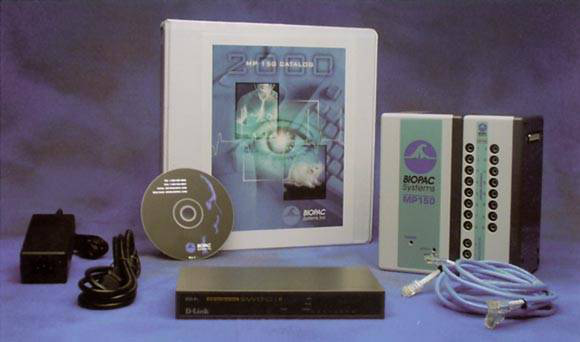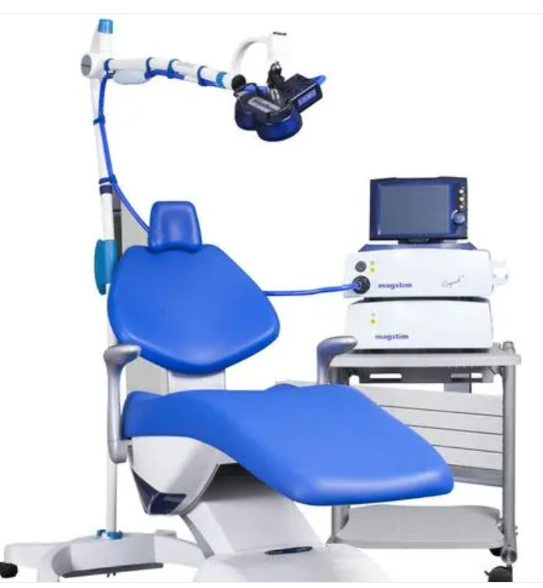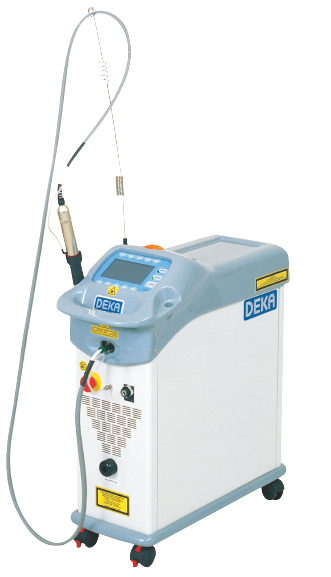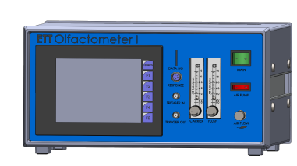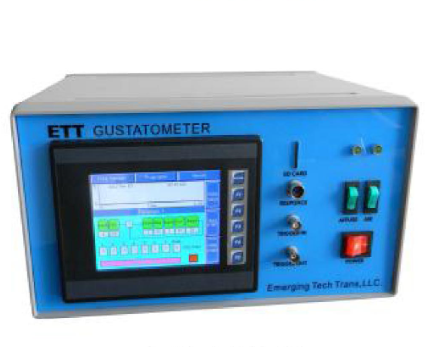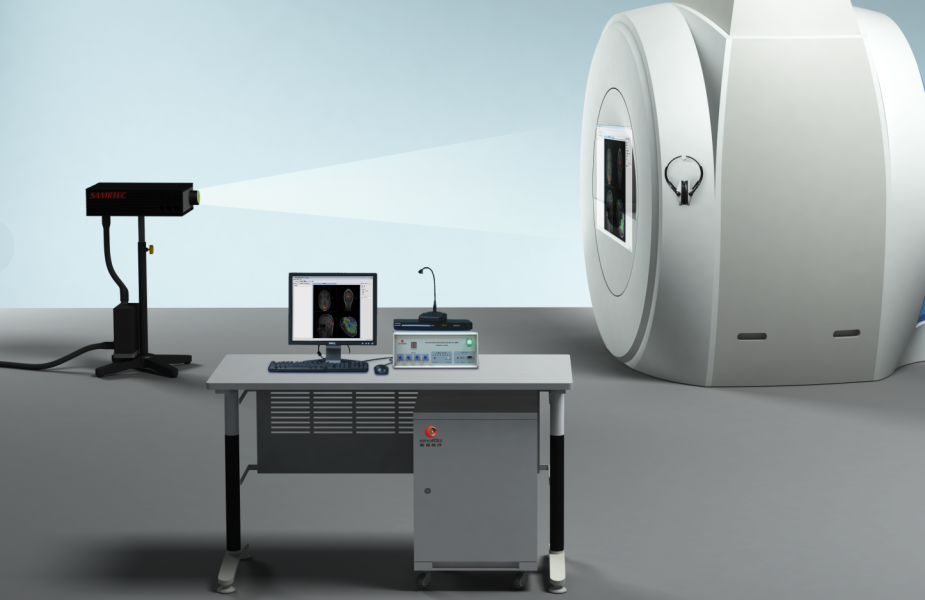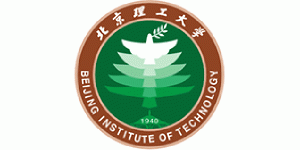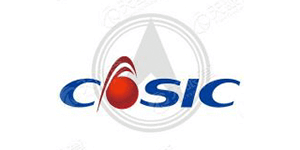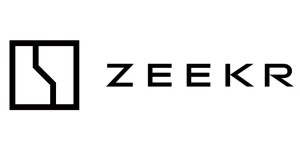


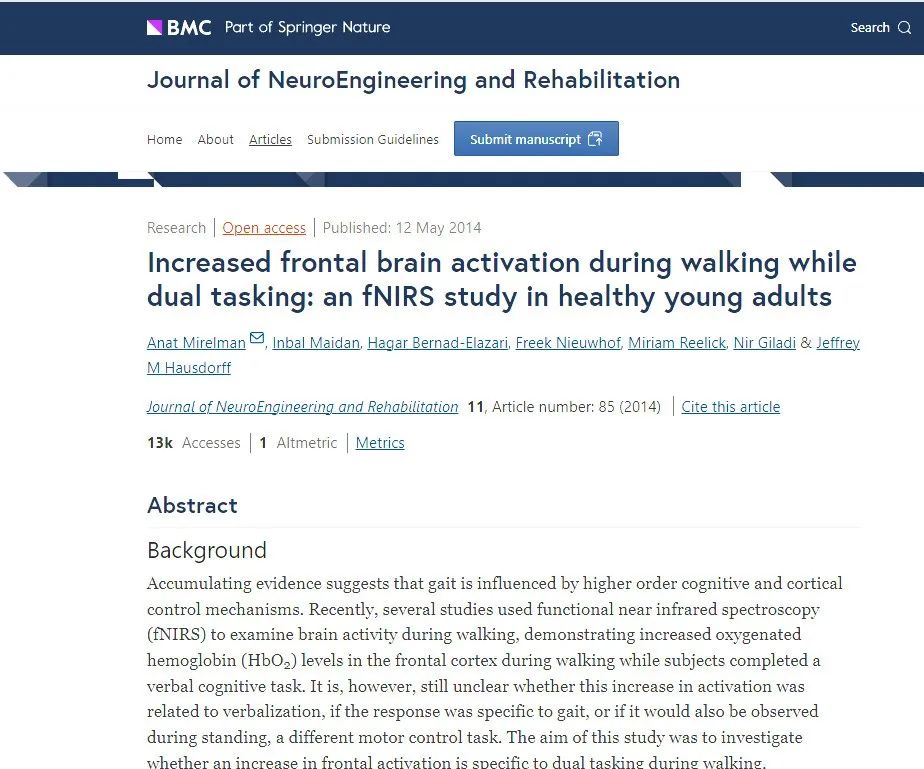





01
draw (e.g. a bow)"speech" or "words" radical in Chinese characters (Kangxi radical 149)
A growing body of research suggests that human walking behavior is not just a subconscious mechanical movement; it is also regulated by higher cognitive functions and the cerebral cortex. Recently, scientists have explored brain activity during walking with the help of functional near infrared spectroscopy (fNIRS). The study found that when subjects completed language-based cognitive tasks while walking, oxygenated hemoglobin (HbO₂) levels in the frontal cortex increased significantly, suggesting enhanced brain activity in this region.
But is this brain activation only related to the "language task"? Or is it a response specific to gait control? Would similar brain changes be triggered by the same verbal task if it was changed to a standing state? The present study was designed to answer these questions and to further reveal whether activation of the frontal cortex during dual tasks (e.g., walking and talking) is a neural phenomenon unique to the "walking" context.
02
Research Methodology
Experimental design—beIs "walking and counting" more cerebral, or is "standing and counting" the same?
To further explore the combined effects of gait and cognitive tasks on the brain, the research team recruited 23 healthy young adults (average age approximately 30.9 years, 13 of whom were female) for experimental evaluation using electronic walkways with the fNIRS technology. fNIRS equipment monitors brain activity in the frontal lobe region in real time through two probes mounted on the forehead.
The experiment was set up with four task conditions:
-Free walking (normal walking)
-count forward as one goes
-Reduce by 7 consecutively as you go (e.g., start at 100 and reduce by 7).
-Perform continuous minus 7 while standing
In each task, subjects were required to complete five 30-meter walks or stationary stands and to stand quietly for 20 seconds before the start of each, which were used as baseline comparisons of brain activity.
Methods of analysis—Repeated measures ANOVA (RM ANOVA)
To compare differences in frontal lobe activation across conditions, the study used a repeated measures analysis of variance (RM ANOVA) method to statistically test the results. This design allowed us to further reveal that the brain in theCompletion of different motor and cognitive combination taskswhether it exhibits a unique activation pattern when.
03
Assessment methodology
Assessment of frontal lobe function
In the present study, a total of two pairs of NIRS probes were placed on the subjects' foreheads, located in the left (Fp1) and right (Fp2) frontal cortex regions. Each pair of probes contained three transmitters, which together constituted six channels.
The fNIRS system reflects local brain activity by emitting light at two near-infrared wavelengths (760 and 850 nanometers) and measuring its reflection in brain tissue to estimate changes in the micromolar concentration of oxygenated versus deoxygenated hemoglobin in the brain.
Before each task, subjects were required to stand still for 20 seconds to obtain a baseline signal. The researchers then subtracted this baseline level from the HbO₂ data for the duration of the task to get the task-related changes in brain activation. Each task was repeated five times and the data were then averaged to ensure stable and reliable results.
04
Gait assessment
In addition to recording brain activity, the study was synchronized with a "high-tech carpet" - a 7-meter-long sensor carpet (PKMAS system) - that accurately captured the details of each of the subject's footsteps at a high frequency of 120Hz. It can analyze key spatial and temporal gait characteristics such as gait speed, pace rhythm, and stride length. It also assesses inter-stride instability - inter-stride variability - which is an important indicator of executive function-related gait coordination.
The degree of variability in stride timing was quantified in the study by calculating the coefficient of variation (CV), with higher CV values representing more inconsistent pacing, which may indicate a challenge to cognitive control resources in completing the task.
05
analysis
1. Slow and erratic gait: cognitive tasks affect walking performance
In"Continuous minus 7 while walking" (Walk + S7) in the mission:
-Significant decrease in gait speed
-Increased volatility in pace time, exhibiting "unsteady walking"
Increased variability reflects an increased burden on executive functions, suggesting that the brain needs to devote more resources to maintaining walking coordination.



2. the greater the cognitive load, the greater the activation of the frontal lobes of the brain
pass (a bill or inspection etc)Changes in oxygenated hemoglobin (HbO₂) levels in the frontal cortex were monitored by fNIRS and found:
Changes in HbO₂ activity showed a trend toward progressive enhancement of task difficulty (p = 0.007):
-Highest: Walking + S7
-Medium: walking + counting
-Minimum: normal walking (not significant)
with"Usually on foot" compared:
-Walk+Count: HbO₂↑ 0.15 μM (p = 0.03)
-Walk + S7: HbO₂↑ 0.26 μM (p = 0.009)
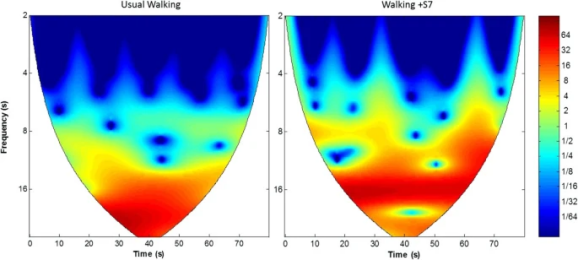


3.Synergistic relationship between brain and gait: mutual"Grabbing resources"?
WalkingA significant negative correlation was observed in +S7:
-Step variability ↑ → HbO₂ ↑ (r = -0.47, p = 0.04)
-Number of subtraction tasks completed ↓ → HbO₂ ↑ (r = -0.71, p = 0.011)
The brain may sacrifice some cognitive performance when trying to maintain walking stability, reflecting a "brain resource allocation" strategy.
4. Weak activation of resting tasks and rapid recovery



"Standing + S7"vs."stationary"**No significant brain activation differences between (p = 0.76)
At the end of the task, HbO₂ levels returned rapidly to baseline, consistent with a typical neurohemodynamic response.
06
Study results
Walking+ Task: prefrontal "work harder"
Studies have shown that brain activation increases significantly with increasing task complexity. Dual-tasking significantly increases the load on the prefrontal cortex (PFC, especially BA10), and this activation is not simply a "verbal task response", but is closely related to cognitive coordination during physical movement.
walkingVS standing: not the same thing
The same cognitive task (e.g., S7), if performed while standing, instead leads to a decrease in blood oxygen levels, suggesting that the activation mechanisms of cognitive load are quite different in static and dynamic states.
Multitasking: brain resources too"Land grab."
The study also found that brain oxygenation levels were negatively correlated with the quality of the subjects' task completion during the walking + S7 condition. This implies that the brain does compete for neural resources when faced with motor + cognitive tasks.
Gait and cognition: a deeper connection
The study also found, for the first time, that changes in gait (e.g., step frequency, stride length) were strongly correlated with brain oxygenation levels in a dual task. Reflecting the link between executive function and motor controlDeeply coupled relationships.
07
looking forward
This study was conducted in healthy young adults, but older adults or patients with neurodegenerative diseases tend to have lower levels of brain activation and may have difficulty responding effectively to "dual-tasking," which is a potential mechanism by which they may be more likely to fall in complex environments or experience cognitive deficits.
This study makes us realize that the seemingly simple task of "walking + thinking" actually hides the complex regulation of the brain behind it.mechanism. The fNIRS technology, in turn, is beingIn unraveling these "cognitive mysteries of the everyday" for us.
Company Profile



With excellent innovation ability, Hengbest Technology has been awarded many invention patents, software copyrights and registered trademarks, selected in many authoritative lists such as National High-tech Enterprises, and participated in the compilation of national standards and group standards. The company has been serving universities and research institutes for a long time, and has cooperated deeply with many national societies such as the Chinese Society of Ergonomics, the Chinese Psychological Society, the Architectural Society of China, etc. The company organizes and participates in more than 40 academic conferences every year to promote technical exchanges and the development of the industry.
恒挚 Technology upholds the concept of "doing our part for the cause of scientific research", and is committed to becoming a leading scientific research-supporting science and technology enterprise, contributing to the progress of national science and technology and social development, and joining hands with partners from all walks of life to achieve a better future empowered by science and technology.
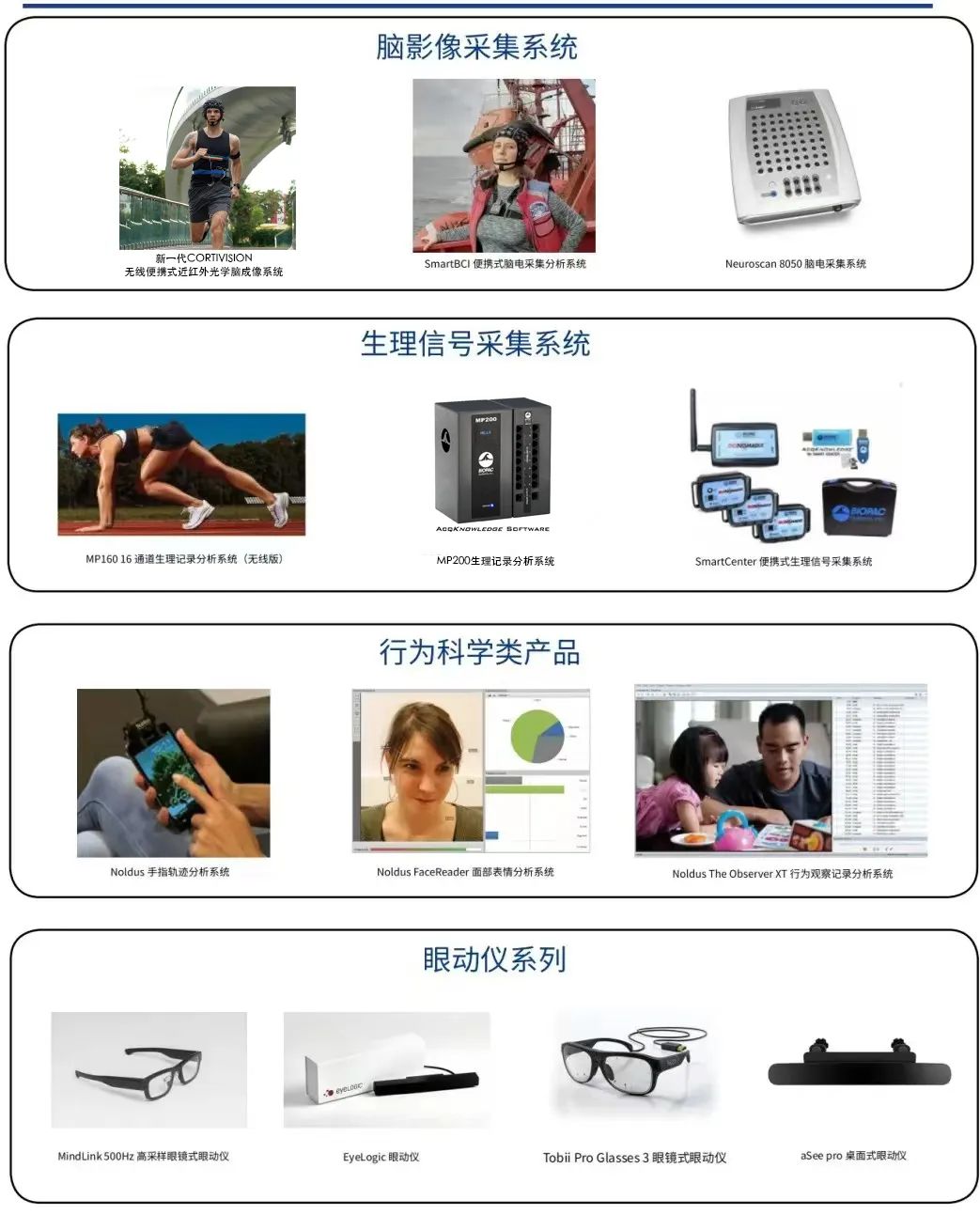


Scan the code to follow us





